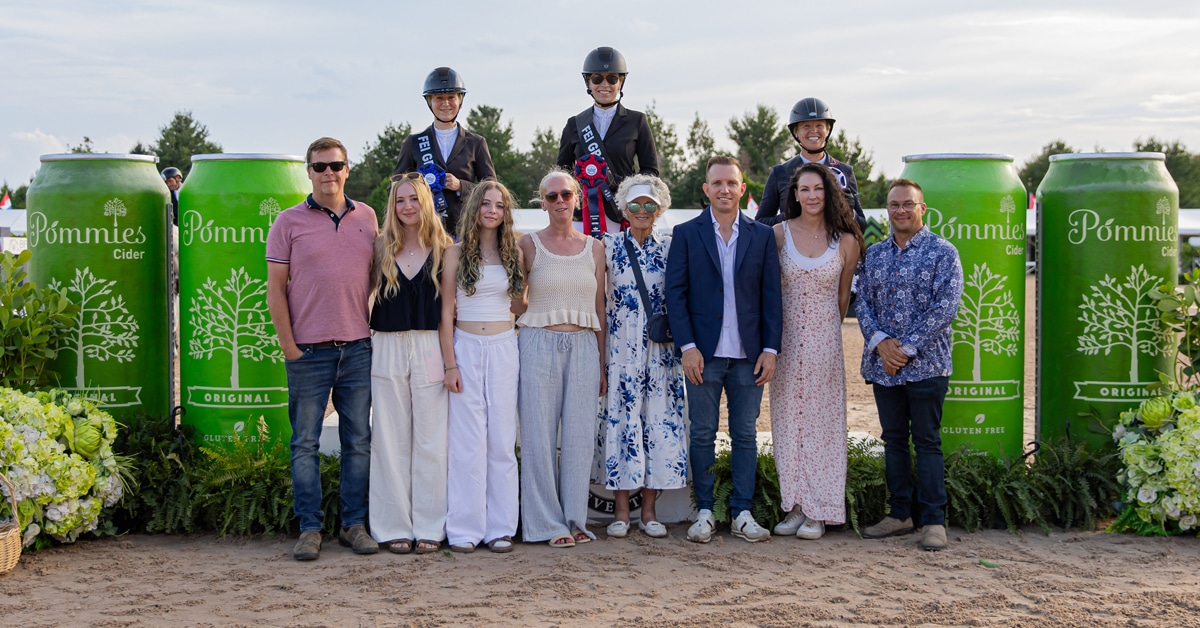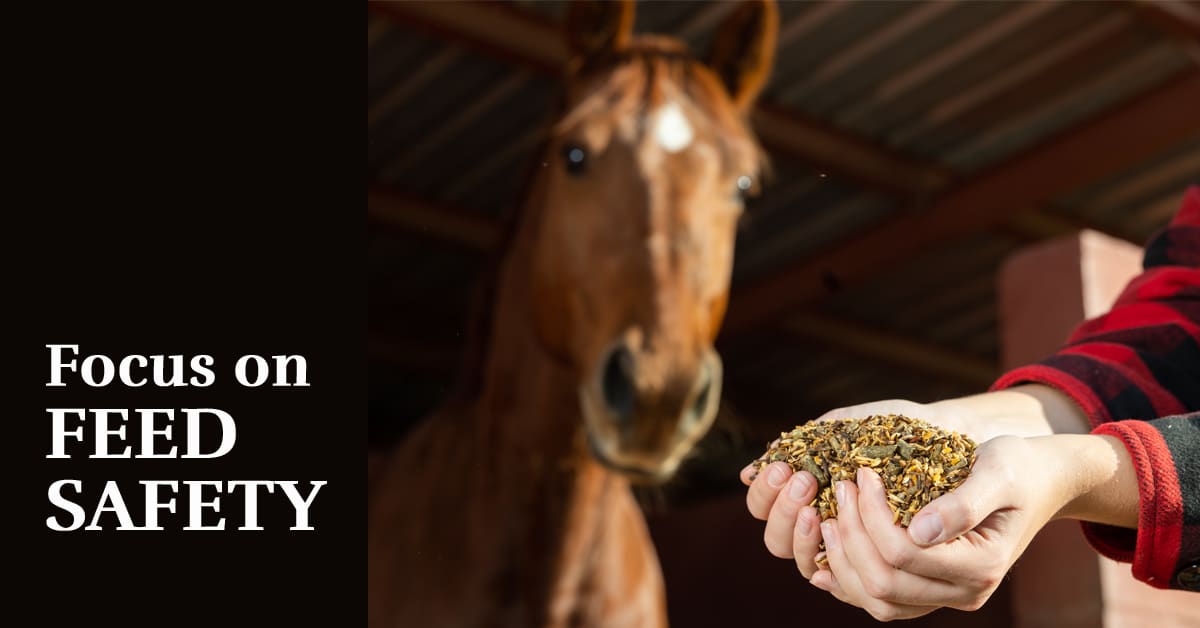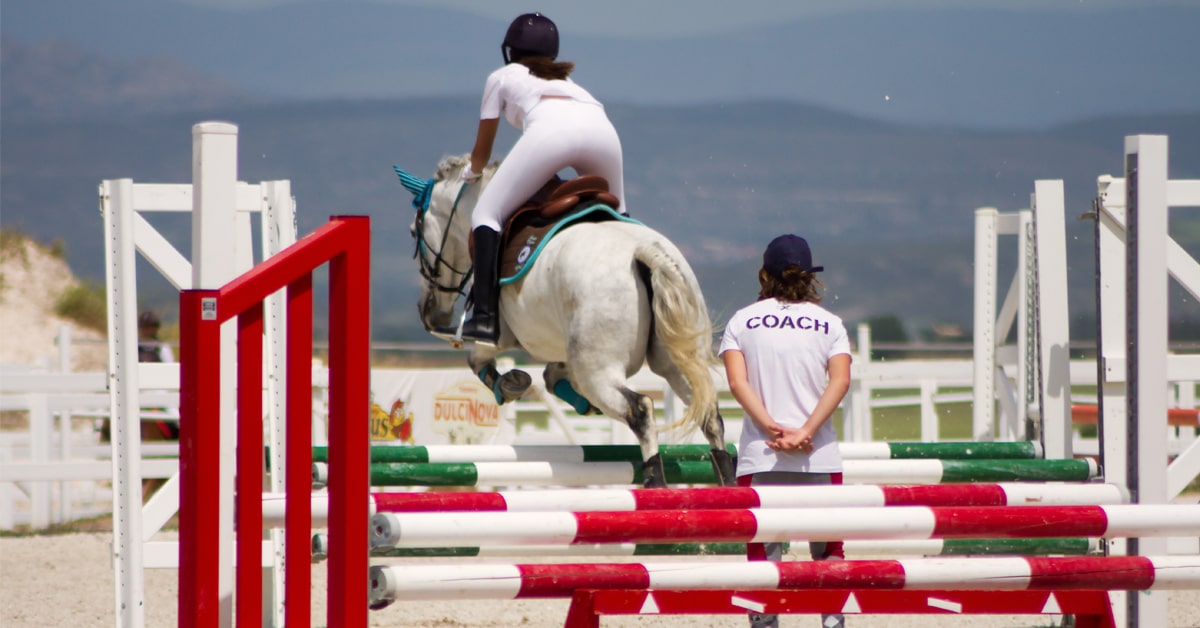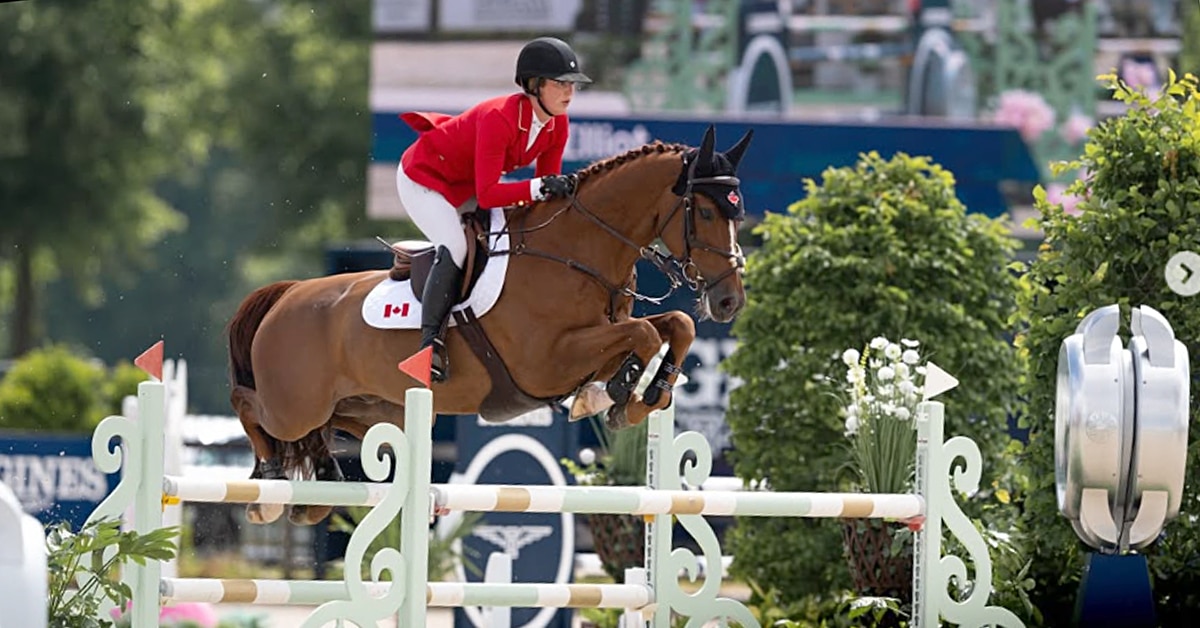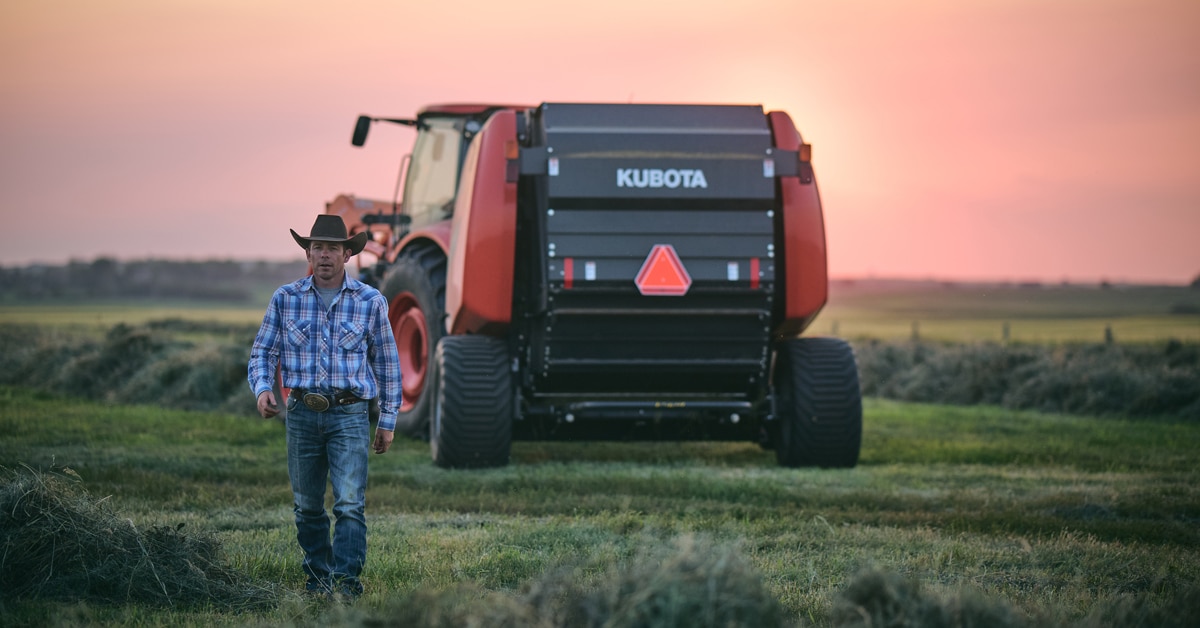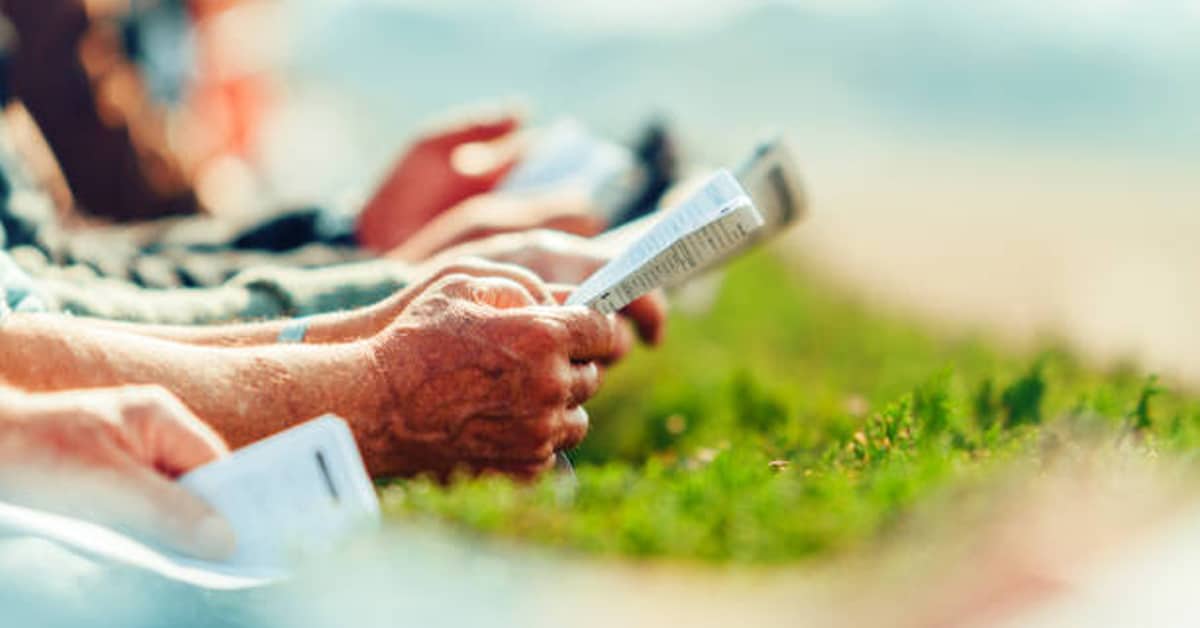Wayne McLellan is one of Canada’s most successful hunter trainers. He and long-time business partner, Robert Meilsoe, operated Gimcrack Stables together for more than 20 years, producing a long list of champion horses and riders. McLellan has taken as many as 25 horses at a time to Florida in the many years he has been travelling there for the winter show circuit. He is also an Equine Canada hunter judge (recorded). Wayne recently fulfilled a long-time dream to open an antique furniture store, Boo Boo and Lefty, which he owns in partnership with Stephen Dixon.
As the hunter/jumper business continues to grow in North America, the circuits have become more plentiful, and they have got longer. Horses may spend as long as three months at a stretch in Florida or California on a winter show circuit. The Canadian circuit may be closer to home and allow some downtime for the horses in their own stables, but the same training challenges can arise regardless of whether it’s the Winter Equestrian Festival (WEF) in Wellington, or the spring-summer circuit in BC.
For Wayne McLellan, a successful circuit is entirely about quality: of horse, of care and of training. When the quality is there, it’s easier to keep the horse confident and performing at its best. ‘You really have to have four eyes with horses. You need to see what is behind you, and also look ahead to the future. It’s about solving problems before they happen. When I see a horse starting to lose confidence, it’s time to change the program and rebuild before things get negative.’
The management of a horse on the circuit begins at the trailer door at home, and doesn’t end until the horse is back in his paddock enjoying a well earned post-circuit break. ‘I have a group of clients who believe, as I do, that the decisions we make must be right for the horse. To have the winter here you have to do everything right – no short cuts, from the ground or in the saddle.’
Reducing the stress of travel
‘Most of the horses we take to Florida will already have been clipped in the late fall, often because they have shown at the Royal Winter Fair. I don’t clip them again until after they arrive in Florida. The trip is a little bit hard on the immune system and it can be stressful. We used to break up the trip down to Florida from Ontario, but I found that stopping could add stress when it was cold or there was bad weather. Our horses now travel straight through. When they arrive, they go straight to their stalls and relax for an hour or two. We then take all the horses’ temperatures to make sure they have arrived healthy, and we continue to do that for the next four or five days.
The day after arrival, the horses get turned out. The more seasoned horses will go to work a little bit earlier than the young horses, but I like to give them a good two weeks between arrival and the first show. This year the horses arrived in Florida on December 28th, and they started showing on January 12th. I find that a week is rushing the horses a little. It’s not always the fairest schedule for a horse to be on a short time frame after the trip.
The quality of hay can be a bit erratic when we are away from home, but generally we can get timothy and alfalfa from Ontario while we are in Florida. We want the horses to look big and round and healthy, and quality hay is essential. Except for the horses that tend to be overweight, I like to keep hay in front of them all the time. We feed beet pulp to most of the horses, and a low-protein, high-fat pellet. The horses all get a vitamin E and selenium supplement, as well as electrolytes. Some horses might get other supplements, such as Farrier’s Formula. We feed a coat conditioner, because the horses get so many baths, and between the baths and the strong sun, their coats need some help to stay healthy and shiny. The hot, humid climate in Florida means we also have to be very careful about fungal skin problems.
Home away from home
This year, we have rented a farm off the show grounds for the first time, which gives the horses a quiet living environment. The clients love having a private ring for their lessons. The farm we rented is just a half-mile hack to the show. We also have stalls at the show, and we take the horses to the show grounds so that they can get used to the atmosphere. They might feel very relaxed and confident at the farm, but as soon as they get in the buzz of the environment at the show grounds, nerves start to flare. We also use the stalls at the show for overnight stays when a horse has to be prepped early the next morning.
The circuit in Wellington is 12 weeks long. For most of the horses, we show them two weeks on and then give them a week off. We might do three in a row, but four is really pushing it. I prefer two weeks on and one off, which is also the schedule we keep when we are showing at home; but we sometimes have to accommodate the clients, who will come down to show a week here and there as their own schedules permit.
Depending on whether I am the only one showing the horse or he is doing double duty in the junior or amateur division, the weekly schedule will include a warm-up day on Tuesday, and showing with me on Wednesday and Thursday. If the client is going to show on Saturday and Sunday, Friday will be a lesson day, either at the farm or at the show grounds. Most of the lessons happen at the farm, and we school for the class at the show grounds. The footing at both the farm and the WEF show grounds is outstanding. It can rain and rain in Florida, but the rings are incredible. Good footing makes everyone’s job so much easier, and it goes without saying that it’s better for the horses’ soundness.
The horses often spend the night before a class in a stall at the show. We are allowed to take them in the ring early in the morning, which is something I really like to do. It’s so much easier if they can get into the ring. They exhale, they relax and they are de-spooked. They don’t have to be lunged or worked as hard as a result. Quite often, there is a long wait for an afternoon class. The horse may have had a 6:30 a.m. ride in the ring, but won’t show until 4:00 p.m. That’s a long time, and horses can recoup a lot of energy in that period.
The key to many hunter horses is finding the ‘quiet zone.’ I might lunge the horse or ride him in the mid-afternoon. At the very least, he would go for a hand walk. One thing I love in Florida is that the pre-green and adult amateur horses don’t jog. If they go at 8:00 a.m. and do their two classes, they can go back to the farm if they don’t have an under-saddle class. Some people argue that you miss the ceremony with no jog and presentation, but these days most people get the results immediately on the internet. It’s better for the horses if they don’t have to wait around – they can go home and relax in the stall or paddock.
The preparation for those two minutes in the ring starts a long time before, and it’s not just about me putting it all together. It’s the entire picture. It’s the owners following the program and the staff paying attention to all the details. What they do at 6:00 a.m. is just as important as me finding the jumps.
Mid-circuit challenges
A major part of our program is ‘putting the deposit back in the bank’: professional rides on all the horses. Whether it’s hunter or jumper horses, in this day and age they need be very broke, and very supple. The easier they are to ride, the easier the job for the amateur, not to mention for myself. I deal with many adults and children in my business; keeping them and their horses confident is important, but sometimes difficult. Every horse is an individual. They all have different thresholds of pain – and not just physical pain. A rider may crash through a jump and the horse won’t think anything of it, but I see cases where a horse never completely recovers his confidence after a bad experience. I have found that many horses never forget when they have been frightened by a situation. You can humour them, but if you put them back in the same situation, the problem arises all over again. The key is to try and avoid having it happen in the first place.
My training approach is focused very much on quality flat work, such as suppling exercises and shortening and lengthening the stride. We never over-jump. I also do a lot of exercises with cavaletti and poles. The riders develop a feeling for rhythm and distance, which gives them confidence, and the horses aren’t taxed physically. We don’t take our horses to anything but hunter shows, but I like to think all of them are educated enough to do a basic dressage test or even a little more. They all do lateral work and counter-canter. I particularly like to school counter-canter when the horse is anticipating the changes. It clarifies the aids and shows the horse in a loud, clear and deliberate way what I want. It also increases the horse’s ability to respond to the aids for the change.
If we run into any kind of confidence or performance issue mid-circuit, there is no alternative but to return to the basics. Whenever things are starting to deteriorate, there is no way around it. I think younger riders need to understand the importance of the basics. The equitation division is of major importance in developing a young rider’s horsemanship.
Another challenge we face on the circuit is keeping the horses bright week after week. Even though it’s the same ring, every course designer has his or her own flavour. Nevertheless, the horses need to be kept interested in what they are doing. I will use gymnastic exercises on non-show days to keep them sharp. At US shows, Swedish oxers are permitted in the warm-up and I use that kind of fence often in the warm-up to keep a horse impressed.
The success of our horses is due to the fact that the clients trust the professional’s decision about when to drive on and when to back up. It’s the horse that tells me what to do. It’s not always the most convenient for the situation, or for the horse show; but if it’s the right thing for the horse, then it’s the only choice. There are so many good riders and trainers on circuits such as the WEF. The horses are all turned out beautifully and ridden beautifully. What makes the top horse is quality – and making the right decisions for the horse both inside and outside the show ring. I believe that competition doesn’t build character, it reveals it.’
The Latest
